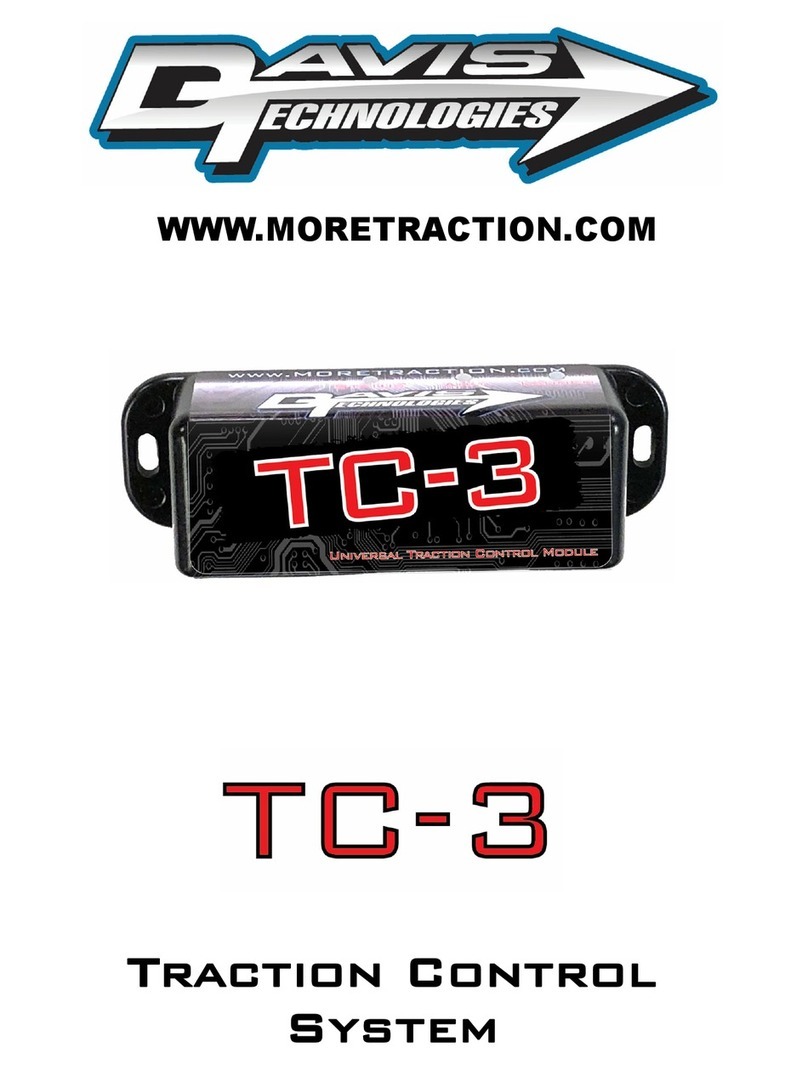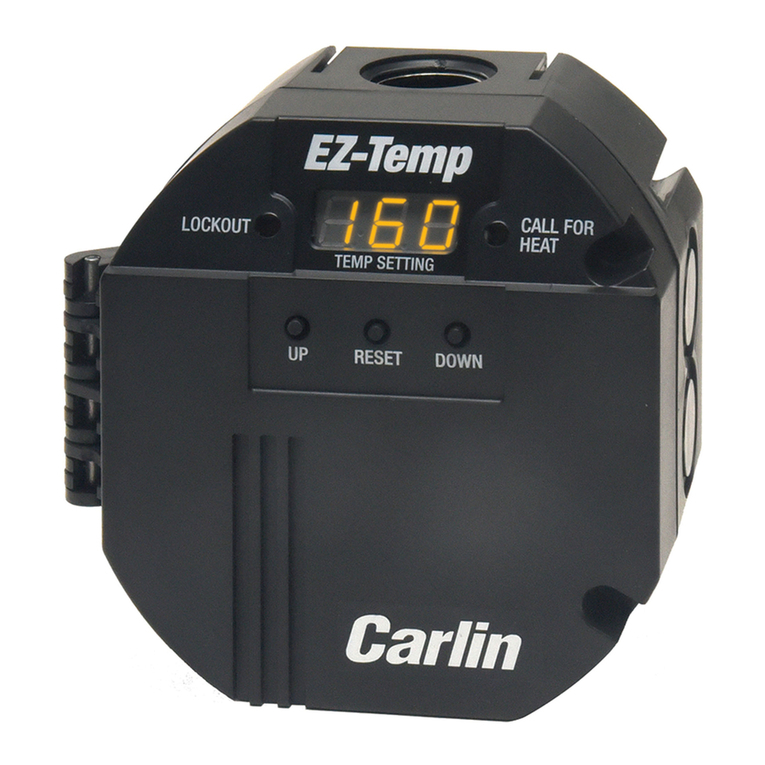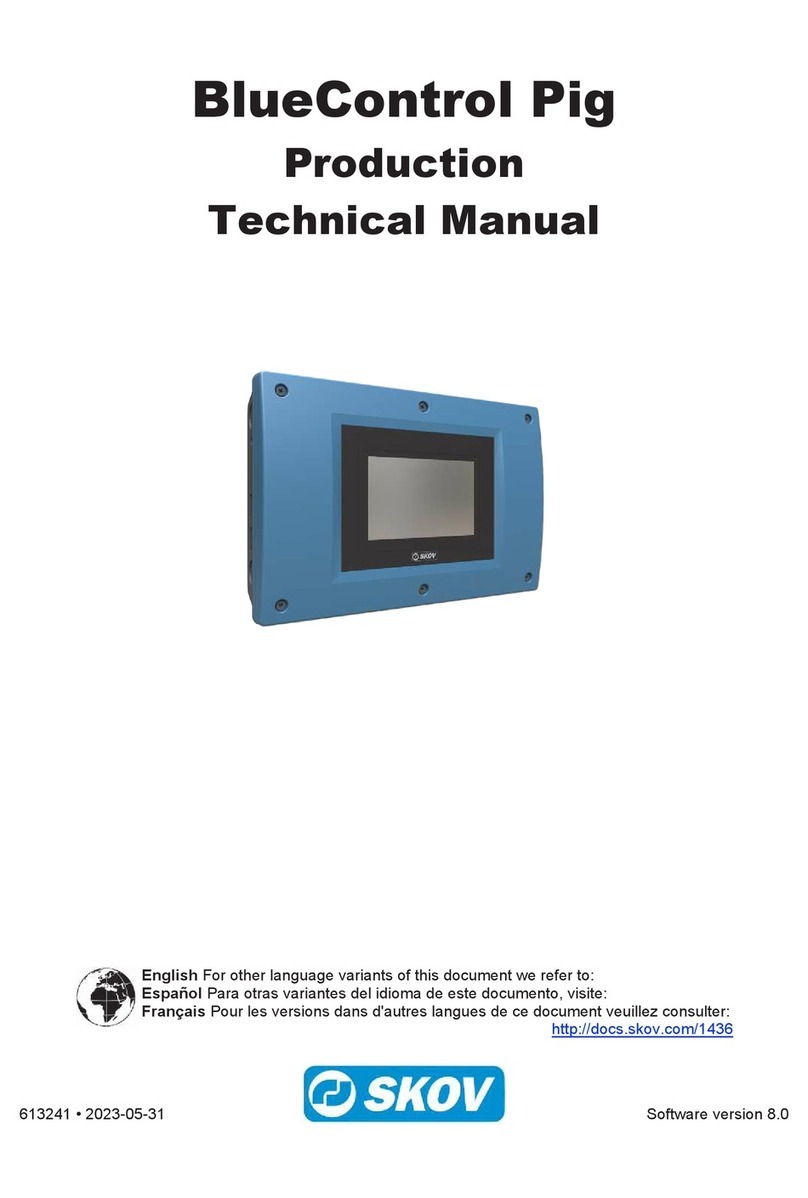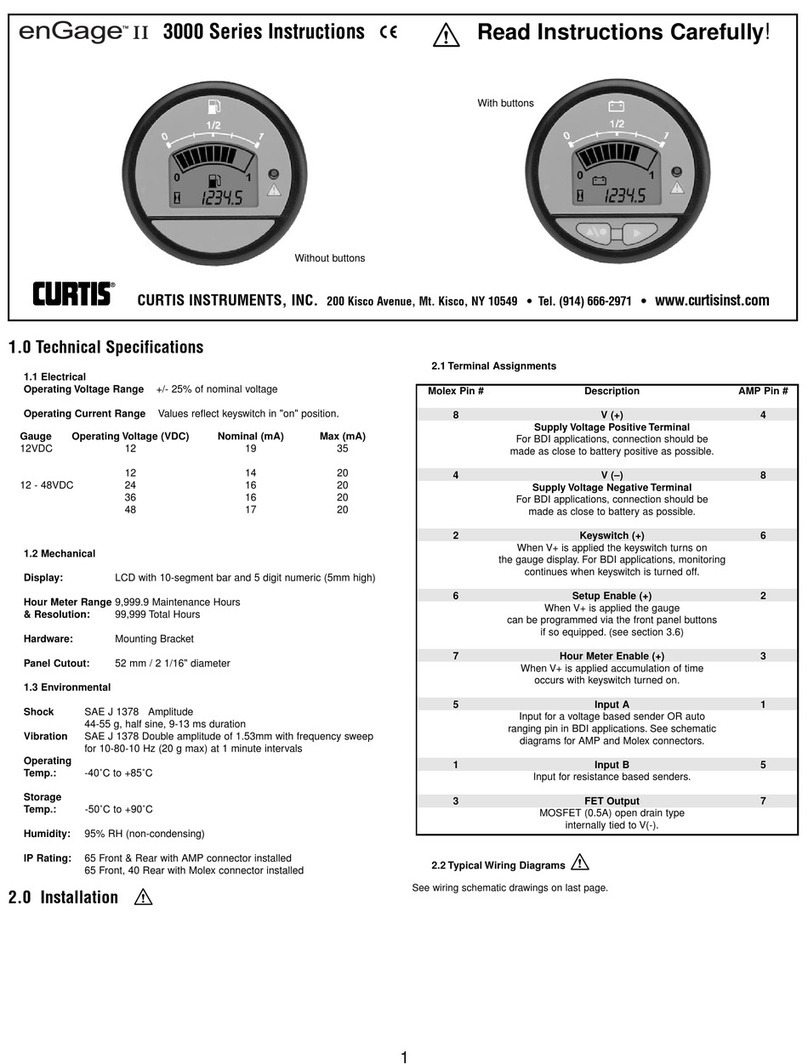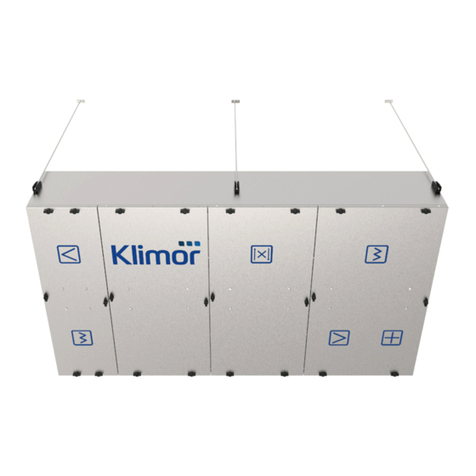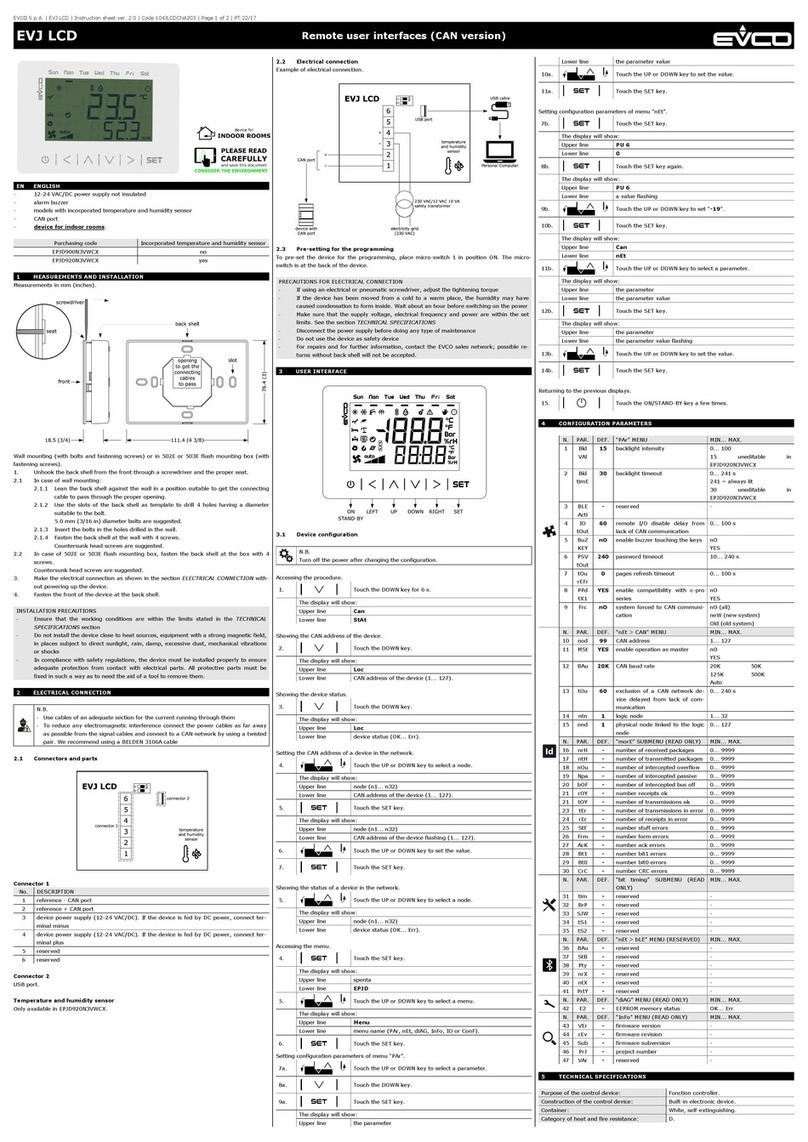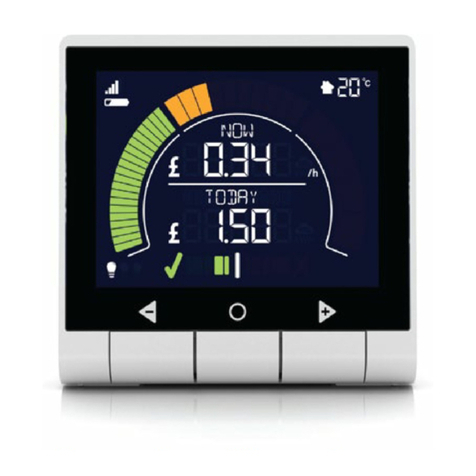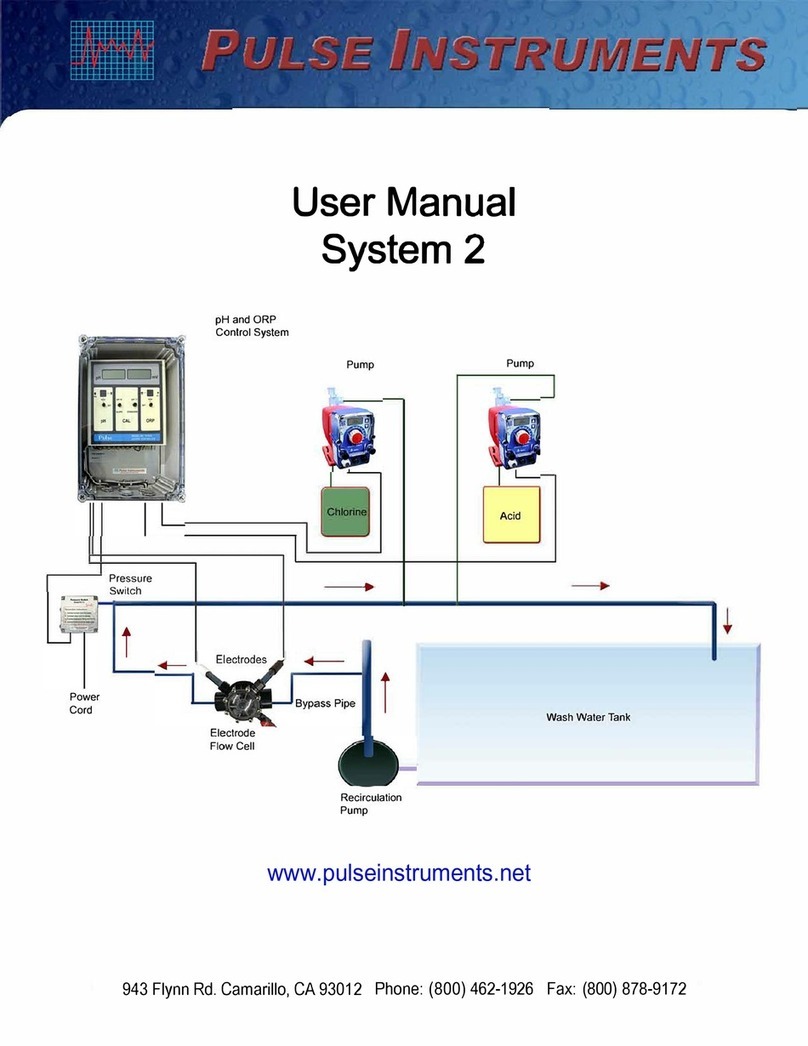DAVIS TECHNOLOGIES TMS-9500-SL Short User manual

COPYRIGHT NOTICE
Copyright © 1999-2014 Davis Technologies, LLC.
All rights reserved.
Information in this document is subject to change
without notice. Other products and companies
referred to herein are trademarks or registered
trademarks of their respective companies or mark
holders. Any components shown are for illustration
or instructional purposes only.
Publication and redistribution of this manual over
the Internet or in any other medium without prior
written content is expressly forbidden. In all cases
this copyright notice must remain intact and
unchanged.
Davis Technologies, LLC.
PO Box 8250
Asheville, NC. 28787
(828) 645-1505
email: [email protected]
web: www.MORETRACTION.com
TRADEMARKS
All trademarks used herein are the property of their
respective owners.
02/14

Table of Contents
Table of Contents ......................................................... 3
Introduction ................................................................... 4
How Does It Work? ........................................................ 5
Installation .................................................................... 7
Testing ............................................................................. 8
RPM Window Test: ....................................................... 9
Traction Control Adjustments .................................10
Setting The Mode: .....................................................11
Setting The Retard Amount: ...................................12
Traction Control Setup .............................................13
Starting RPM ............................................................13
Buffer .........................................................................13
Sample Rate ...............................................................13
Small Corrections Only RPM: ................................14
Ending RPM: ...............................................................14
Factory Reset...............................................................15
Firmware Updating .......................................................16
Appendix A .....................................................................17
Traction Control Panel Software: ...........................19
Main Tab Settings: ....................................................20
Advanced Main Tab Settings: ..................................22
More Tab Settings: ...................................................24
More Tab Advanced Settings: .................................26
USB to Serial Adapter: ...........................................29
Handheld Programmer ................................................30
DISCLAIMER..................................................................31
Notes .............................................................................33
Notes .............................................................................34

4
Davis Technologies TMS-9500-SL Short
www.moretraction.com
Introduction
We would first like to thank you for your purchase of
our system. We believe it is the best system available
to you on the market today. This system balances
effectiveness with ease of installation, broad field of
uses, and cost.
As with all technical devices such as engines,
shocks, carburetors, clutches etc., the product’s
performance is based largely on your ability to use it
properly. Testing in controlled circumstances will
help you determine the proper settings for your
application and your situation. Testing is very
important since it will help you utilize this product to
its full potential.
Please read all of the instructions and information
thoroughly before attempting to install or use this
product.

5
Davis Technologies TMS-9500-SL Short
www.moretraction.com
How Does It Work?
Spinning the tires not only makes the car harder to drive,
but it also causes higher tire temps and excessive tire
wear. Lifting off the throttle or counter steering to correct
for this 5% mistake, not only upsets the rhythm, it slows
the car down!
Typically, if a driver makes a 5% mistake with the throttle,
he/she has to correct 20-25% to fix it. But if the tire slip is
detected within one cylinder worth of crank rotation, as the
Davis Technologies systems do, then a small reduction in
power can reduce or stop the tire slip.
The Non Self-Learning systems, such as our TMS-750,
periodically compare the rate of acceleration of the
crankshaft to an Adjustable Fixed Rate (AFR), known as
Threshold. If the Engine RPM rate of change is in excess
of that Threshold, then a correction is made; therefore,
reducing the slip.
The comparison is made every cylinder (1/4 of a turn of the
crank shaft).
Basically, this Patented system looks for spikes in RPM
that are caused by wheel slip. If these spikes are large
enough, then a correction is made, reducing the slip.
By adjusting the Threshold, the driver can tune the system
to the desired “feel”
Self-Learning systems, such as our TMS-750-SL, TMS-
5500-SL, and TMS-9500-SL series, compare the rate of
acceleration of the crankshaft to a calculated threshold
value that is constantly updated based on the average of
the previous measurements.
This update occurs on every crankshaft revolution. So, if
the last 1/4 of a turn of the crankshaft (one cylinder) is
faster than the average of the last full revolution (4

6
Davis Technologies TMS-9500-SL Short
www.moretraction.com
cylinders), then a slip is detected.
Through this very advanced Patented process, the system
constantly accounts for track conditions, tire condition,
even driving style to constantly update the internal
settings.
These settings are updated as many as 200 times a second
to keep the unit calibrated to exactly the right settings
regardless of changing conditions.
Basically, the systems learn the average rate of
acceleration of the crankshaft, and if there is a sudden
spike in RPM above that rate, then a correction is made.
This allows the system to adjust to the Correct settings
even if one corner has more grip than another, or even one
groove to another.
The user does have an adjustment referred to as “Mode”
that sets the overall sensitivity of the system to make a
correction based the extent of the tire slip. By
adjusting the Mode, the driver can tune the system to the
desired “feel”.
This system is not simply a few lines of code added to an
existing fuel injection or ignition system, and called
traction control. This system utilizes a patented method
and multiple high speed processors to very accurately and
effectively monitor rates of acceleration to determine
wheel speed, and tire slip. In fact, Davis Technologies’
systems are at least 20 times faster than other systems
which are integrated into the fuel injection or ignition
system.
Our systems only job is Traction Control!

7
Davis Technologies TMS-9500-SL Short
www.moretraction.com
Installation
Installation of the system is very simple. It is very
important to make all connections correctly. Improper
installation could result in poor system performance or
damage to the unit.
Keep all wires away from any spark plug wires and
coils or other sources of electrical noise and heat.
The unit should be mounted away from any sources
of electrical noise or high heat. It can be easily
mounted with Velcro to allow for easy removal.
It is very important that the distributor pickup wires
are kept away from the spark plug and coil leads.
Make Connections as follows:
Connect the terminal marked “+”to 12V+ .
Connect the terminal marked “--”to 12V- .
Connect the terminal marked “DIST”to positive
distributor pickup wire. This should be the purple
wire coming out of the ignition box.
A toggle switch may be used, if desired to turn the
unit on/off.

8
Davis Technologies TMS-9500-SL Short
www.moretraction.com
Testing
After installation it is recommended that you test the
system. To do so please follow these instructions
step by step.
Forced Activation Test:
This test is useful to check both stages of retard.
1. Turn “ON” the power, the LED will flash to
indicate that power is on. Next the LED will blink
to show the current Mode setting.
(Example-ON-ON-off-off-ON-ON-off-off-ON-
ON-off-off-ON-ON-off-off, to show Mode 4).
2. Connect a timing light to the engine.
3. Start the engine.
4. With the engine idled up to about 3500 rpm; press
the Test button on the unit until the LED glows solid.
The first timing retard stage will activate for 4
seconds, then the second stage for the next 4
seconds.

9
Davis Technologies TMS-9500-SL Short
www.moretraction.com
RPM Window Test:
This mode is useful to check that the system is
reading the RPM signal properly and activating the
retard stages.
1. Set the “Mode” to 9.
2. Start the engine and accelerate the engine.
3. When the RPM is within the window of 2000 to
5000 rpm the LED will glow solid and the unit will
make a large timing correction.
DO NOT USE WINDOW MODE ON TRACK!!
Note: After the test is complete, the LED will blink to
show the firmware version.

10
Davis Technologies TMS-9500-SL Short
www.moretraction.com
Traction Control Adjustments
Davis Technologies’ patented systems have the
ability to learn the amount of acceleration that the
vehicle is achieving on average and activate the
outputs if this learned average is exceeded.
Different tracks, cars, conditions, etc. require
different settings for the system to function
effectively. There are two values that must be set.
These values will allow you to tune the system for
changing conditions. They are called “Mode” and
“Retard”.
The Mode setting is used to tune the sensitivity
of the system. The Mode controls the allowable
percentage of acceleration change. The higher the
number the more sensitive the system is. A good
starting point is 5. Valid settings for Mode are 1-8.
(Mode 9 activates window RPM test).
The Retard adjustment is used to set how much
timing is retarded when the unit makes a correction.
The more the timing is retarded, the more the power
is reduced. Too much retard may slow the car down.
Too little retard will not reduce power enough to
correct the wheel slip condition.
Different tracks, cars, conditions, etc. may require
different settings for the system to function
effectively. The dials on the unit are used for these
settings. The values are referred to as Threshold, and
Mode.

11
Davis Technologies TMS-9500-SL Short
www.moretraction.com
Setting The Mode:
To change the Mode, follow these steps.
1. Hold down the “Test” button
2. Turn the power On
3. The LED will flash to indicate that the power is
on. After the LED goes off, release the button and
quickly press it down and hold it down. The
LED will blink once to show that the button has been
pressed. Each consecutive press will raise the Mode
by one, starting at zero.
4. Once the desired Mode has been reached,
release the button. After about 4 seconds
the LED will blink to indicate the new Mode
value.

12
Davis Technologies TMS-9500-SL Short
www.moretraction.com
Setting The Retard Amount:
Retard is another adjustment that is used to tune the
system to your preferences. This adjustment set the
amount of timing that is removed with each
correction. The small screw adjuster (Pot) sets the
amount of retard. The more clockwise you turn Pot,
the more retard. Range is approx. 10 to 30 degrees of
retard. Start with the adjuster at 12 O’clock.
With testing and good record keeping, you should be
able to easily predict the necessary settings for
current conditions. The settings will not vary much
once you determine what works best for your setup.

13
Davis Technologies TMS-9500-SL Short
www.moretraction.com
Traction Control Setup
The following parameters are adjustable; however
they are factory set to the most common settings, and
should not need to be adjusted by most users.
(These settings are only accessible using the
“Traction Control Panel Software” or Handheld
Programmer)
Trigger Count:
The unit is factory set for 4 triggers per revolution, for
8 cylinder operation. The unit can be configured to
use between 1 –9 triggers per revolution.
Starting RPM is a user adjustable setting that
allows the racer to set the point at which the unit
begins making corrections. If the Starting RPM is set
to 5000 RPM, then the unit is active and monitoring
the engine, but not making any corrections until the
Starting RPM is reached. Once the Starting RPM is
reached, the unit will make corrections as needed
above 2000 RPM.
Buffer is another setting that can be used to fine
tune the system. The buffer sets the number of
consecutive errors required to cause a correction.
Buffer 0 will react to each error in acceleration. Buffer
1 will require at least 2 consecutive slip conditions to
cause a correction. This is useful to filter out small
tire slips that may occur quickly, but have no ill effect
on the car. (Default=1)
Sample Rate of the unit can also be changed by
the user, however this should only be done after
consulting w/ tech support. The lower the number the
faster the Sample Rate, which makes the unit less
sensitive, but faster to react. The higher the number
the slower the Sample Rate, which makes the unit

14
Davis Technologies TMS-9500-SL Short
www.moretraction.com
more sensitive, but slower to react. Valid settings are
1-5. (Default=5)
Minimum Corrections:
Minimum correction is a user adjustable setting that
allows the user to tune the minimum number of crank
rotations that the timing will be retarded during a
correction. This is useful to force the timing to stay
retarded long enough to stop a high momentum spin,
even though the RPM spike was very brief.
Small Corrections Only RPM:
The percent of Max engine RPM at which the unit
makes only small corrections can be set by the user.
Some users may want the unit to make smaller
corrections after a certain RPM while others may want
the unit to be able to make full corrections for more
of the strait. Once set the value will remain until
changed by the user. The RPM is set in a % of the
maximum RPM turned at the end of the strait.
(Default=75-85%)
Ending RPM:
The percent of Max engine RPM at which the unit
Stops to make corrections can be set by the user.
Some users may want the unit to stop at a certain
RPM while others may want the unit to be able to
make corrections for more of the strait. Once set the
value will remain until changed by the user. The RPM
is set in a % of the maximum RPM turned at the end
of the strait. (Default=85-95%)

15
Davis Technologies TMS-9500-SL Short
www.moretraction.com
Factory Reset
All TC settings can be restored to Factory Defaults at
any time by following these steps.
1. Set the to Mode to 15
2. After about 3 seconds the LED will flash
rapidly to indicate the Factory Settings have
been restored.
3. Turn the power Off

16
Davis Technologies TMS-9500-SL Short
www.moretraction.com
Firmware Updating
Davis Technologies, LLC may release firmware
updates or upgrades periodically to ensure the best
possible functionality of the Traction Control System.
The traction control unit will need to be returned to
Davis Technologies to have the updates installed and
configured.
Users should log onto www.moretraction.com, or call
Davis Technologies, LLC tech department
occasionally to check for updates.

17
Davis Technologies TMS-9500-SL Short
www.moretraction.com
Appendix A
Another advantage of these systems is that they are
actually able to detect wheel slip better than most
wheel speed sensor based systems. The reason for
this is that our systems monitor the rotation of the
driveline. With 8 triggers on the driveline you can
measure slip within 1/8 of a rotation. Now factor in a
5:1 final drive (rear end) ratio and tire rotation can be
measured within 1/40 of a turn (that is about 2-3
inches on most tires). The fact that the driveline is
turning much faster than the wheels, amplifies the
slip at the driveline, making these systems much
more sensitive than the typical wheel speed systems.
Put simply, if the tires slip the driveline revs. The only
reason for the sudden increases in revs in the
driveline is wheel spin.
Sensor based systems usually measure tire rotation
about every 1/4 of a turn. The front and rear are
compared to each other to check for slip. With a
margin of error of 1/4 of a turn at each wheel, it may
take as much as 1/2 of a turn of tire slip for the system
to react. If a tire is allowed to slip a half a turn before
a correction is made, it is very hard to stop the slip.
A system that uses a preset percentage of slip,
between the rear wheel speed to front wheel (or
ground) speed, cannot compensate for these
changing conditions that are inherent in all types of
racing.
Traction Control Is What We Do!

18
Davis Technologies TMS-9500-SL Short
www.moretraction.com
This Page Left Blank

19
Davis Technologies TMS-9500-SL Short
www.moretraction.com
Traction Control Panel
Software:
The optional Traction Control Panel (TCP) software
interface is used to adjust advanced tuning features
of the traction control system.
These tuning features can be used to fine tune the
system to exactly what the user desires.
On a circle track systems, this includes being able to
tune the engine RPM at which the system becomes
active, as well as the RPM at which the system can be
deactivated.
The user can also tune the length of corrections, and
the amount of power that is cut on different parts of
the race track.
The software based interface is included with the
TMS-9500-SL, and easily downloaded from the web
site and installed on your computer. The Traction
Control is connected to the computer via a serial
cable or through a secure wireless Bluetooth
connection. Tuning is achieved through a few simple
mouse clicks.

20
Davis Technologies TMS-9500-SL Short
www.moretraction.com
Main Tab Settings:
The Self Learning units incorporate two different
methods to control wheel spin.
The second patented method is a less advanced
process where the users sets a threshold of
acceleration that if exceeded will cause the timing to
retard.
The second- Non-Self Learning system is activated
when the “Threshold” setting is set to anything other
than zero. The Non-Self Learning Method is only
accessible using the “Traction Control Panel
Software”.
Threshold is used to set this value. The higher the
number the more sensitive the system is. A good
starting point is 4. Valid settings for threshold are 1-
9.
Mode is used to adjust the Mode of the unit using the
software instead of the button on the unit as
described earlier in this manual.
Note: To use the Mode and Threshold sliders in the
software, you must check the “Set Dials Here” box.
When checked, the TC unit only uses the TCP
settings, and the setting cannot be changed using the
button on the unit. To use the button method, YOU
MUST UN-CHECK THIS BOX!
Table of contents
Other DAVIS TECHNOLOGIES Control System manuals
Popular Control System manuals by other brands

Sanyo
Sanyo CDM-200A operating instructions
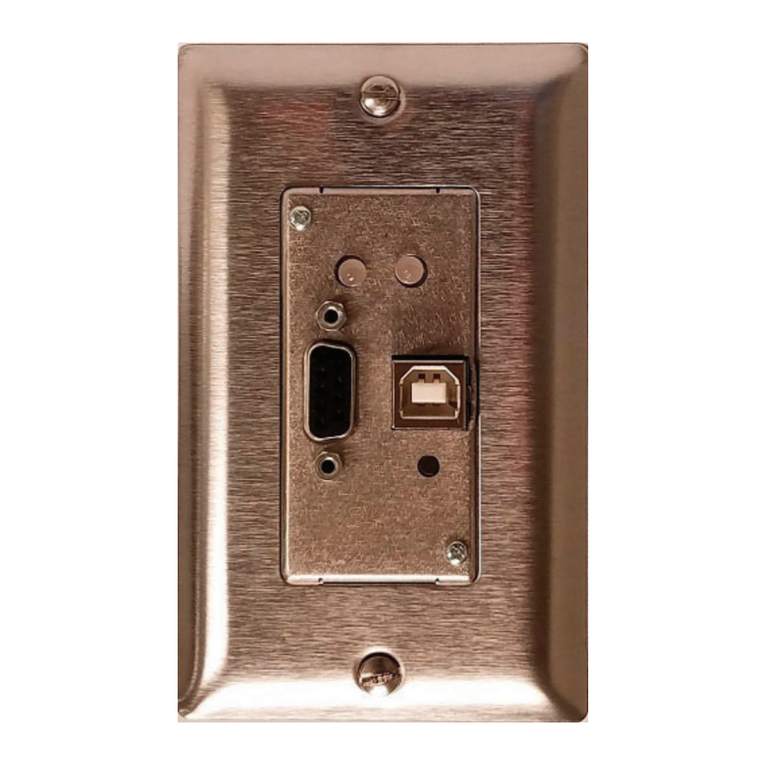
Strand
Strand Vision.net RS232 user manual

Oxford Plastics
Oxford Plastics AVALON BARRIER Technical specification

PendoTECH
PendoTECH PressureMAT PMAT1 user guide
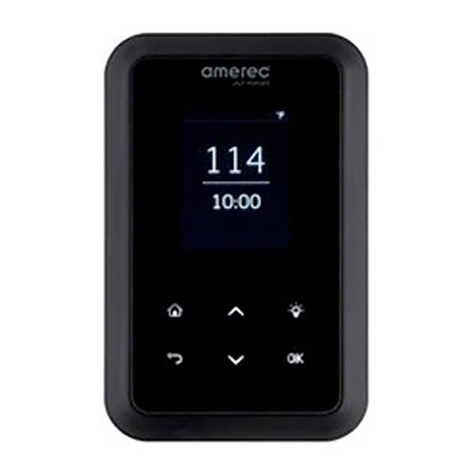
Amerec
Amerec T100 operating instructions
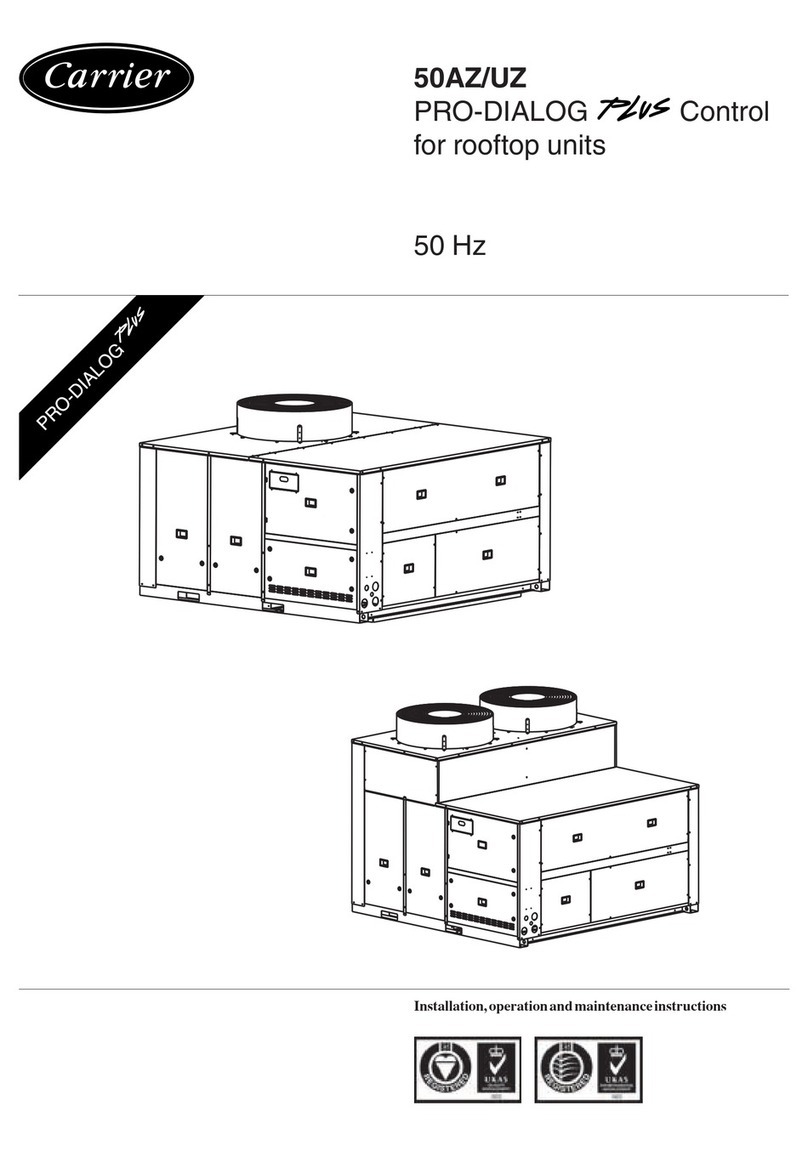
Carrier
Carrier PRO-DIALOG PLUS 50AZ Installation, operation and maintenance instructions


